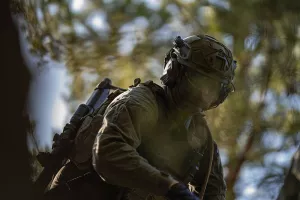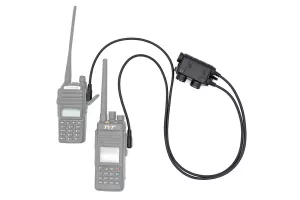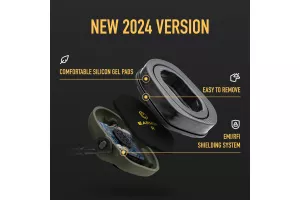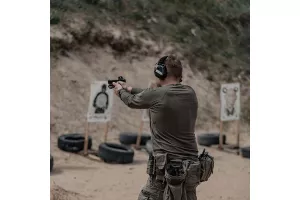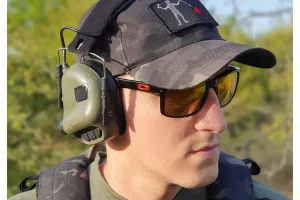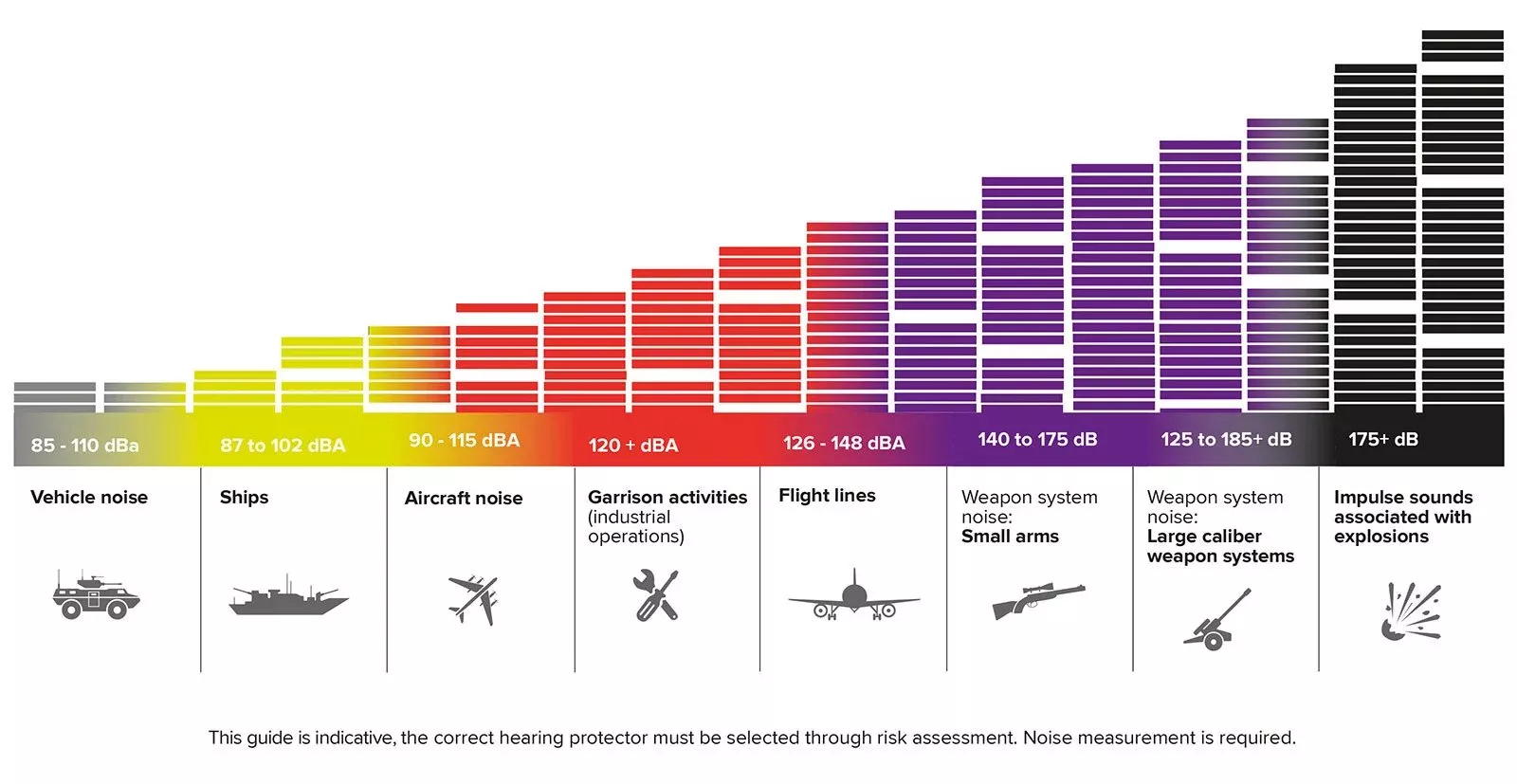
Key Features to Consider When Choosing Tactical Hearing Protection
All military personnel will be exposed to loud sounds at some point of their career. They’re also exposed to some of the loudest sounds in any occupation. Every Military weapon system makes more than 140 dB peak sound pressure level (dBP), a level generally considered the maximum for a single safe unprotected exposure for impulse noise. Hearing is considered one of the most important senses in the battlefield. Through hearing we can communicate, become aware of threats before they can be seen, identify and even localize them. Hearing is also extremely delicate, especially when it comes to high-level noise environments such as tactical missions.
Considering the combination of how important hearing is and how easily exposed it is to hazardous noises in a military environment choosing the correct tactical hearing protection shouldn’t be taken lightly. Sensory perception is crucial for critical missions, which is why tactical hearing protection needs to meet the requirements of the environment.
Sources of impulse noise in a military environment
Military personnel are exposed to some of the most intense sounds to be countered in an occupation. For instance, almost all of the ground and air transportation platforms expose crew and passengers to steady-state noise higher than 85 dBA while operating. The chart below provides an indication of the most common impulse noises and steady state noises (such as vehicle and aircraft noises) that military personnel are exposed to.
The Importance of Tactical Hearing Protection
Noise induced hearing loss is the main injury suffered by military personnel due to exposure to high-level noises. Hearing loss is a disability that affects thousands of veterans globally. In 2012 in the US tinnitus affected 115,638 veterans while hearing loss affected 69,326. In fact, one out of four veterans suffer from noise induced hearing.
In addition to physical damage (and most likely psychological), soldier’s military career is threatened. Hearing loss can have a negative impact on a soldier's military career including restricting eligibility for future training, reclassification into another military occupation specialty, restrictions on job duties, or separation from the military entirely. Proper tactical hearing protection will protect and prevent a soldier from permanent hearing damage.
Importance of Tactical Hearing Protection in the Military →
5 Key Features to Look for in Tactical Hearing Protection:
- Passive Hearing Protection Capabilities
When choosing a hearing protection headset noise attenuation values are used as indicators of how much noise the user will be protected from. These are most likely the first to check for when even considering any type of hearing protection. With tactical hearing protection the level of noise attenuation should be excellent in order to protect from impulse noises such as gun shots.
Every hearing protector is required to have noise reduction values, these are generally used with tactical hearing protection:
SNR = Signal to Noise Ratio
The SNR, Single Number Rating, indicates an insulation value averaged over the relevant frequencies. An SNR value of 35 dB, for example, absorbs 100 dB and reduces it to 65 dB.
NRR = noise reduction rating
Noise Reduction Rating is a unit of measurement used to indicate the ability to attenuate external noise coming into the ear. The number represents the amount of attenuation and is in units of decibel.
This difference in values is a result of the different testing procedures. SNR is also known to be paired with the HML values. The HML values indicate how high sound reduction there is in three frequency ranges, H (high), M (middle) and L (low).
- Sound Quality
Sound quality might be an obvious one, however extremely important. Despite technological advancements speech is still the main form of communication and therefore sound quality should reflect that. Unclear voice communication can lead to misunderstood messages that during a tactical mission could be fatal.
- Level Dependent Hearing Protection
Hearing Protection is only effective when worn. During combat situations, taking off a hearing protection device to communicate or to hear soft sounds within the environment always forms a risk of damaging noise exposure. Regular passive hearing protectors attenuates all sounds quiet or loud. Level dependent hearing protection (also known as talk-through technology or hear-through technology) enables the person wearing the hearing protector to hear soft sounds such as speech while still being secured from high decibel sounds such as gun shots.
The processing of the sound signal is level dependent. Level dependent technology works so that sound is picked-up by microphones, attached to the outside of the ear-cups, which is then processed and repeated to the user through speakers - like with commercial headsets.
When the sound outside the cup is quiet the sound is amplified and the user hears a quieter sound louder than without the guards. When the external sound is loud the signal processing attenuates the sound to a safe level and maintaining the user’s ability to hear. This technology enables communication and the detection sounds in the environment while being protected.
- Durability
Rugged environments require rugged equipment and hearing protection is not an exception. Military devices are required to be field-ready or in other words combat ready. Hearing protection headsets intended for tactical environments go through various testing to determine that they’re durable enough for intense situations



